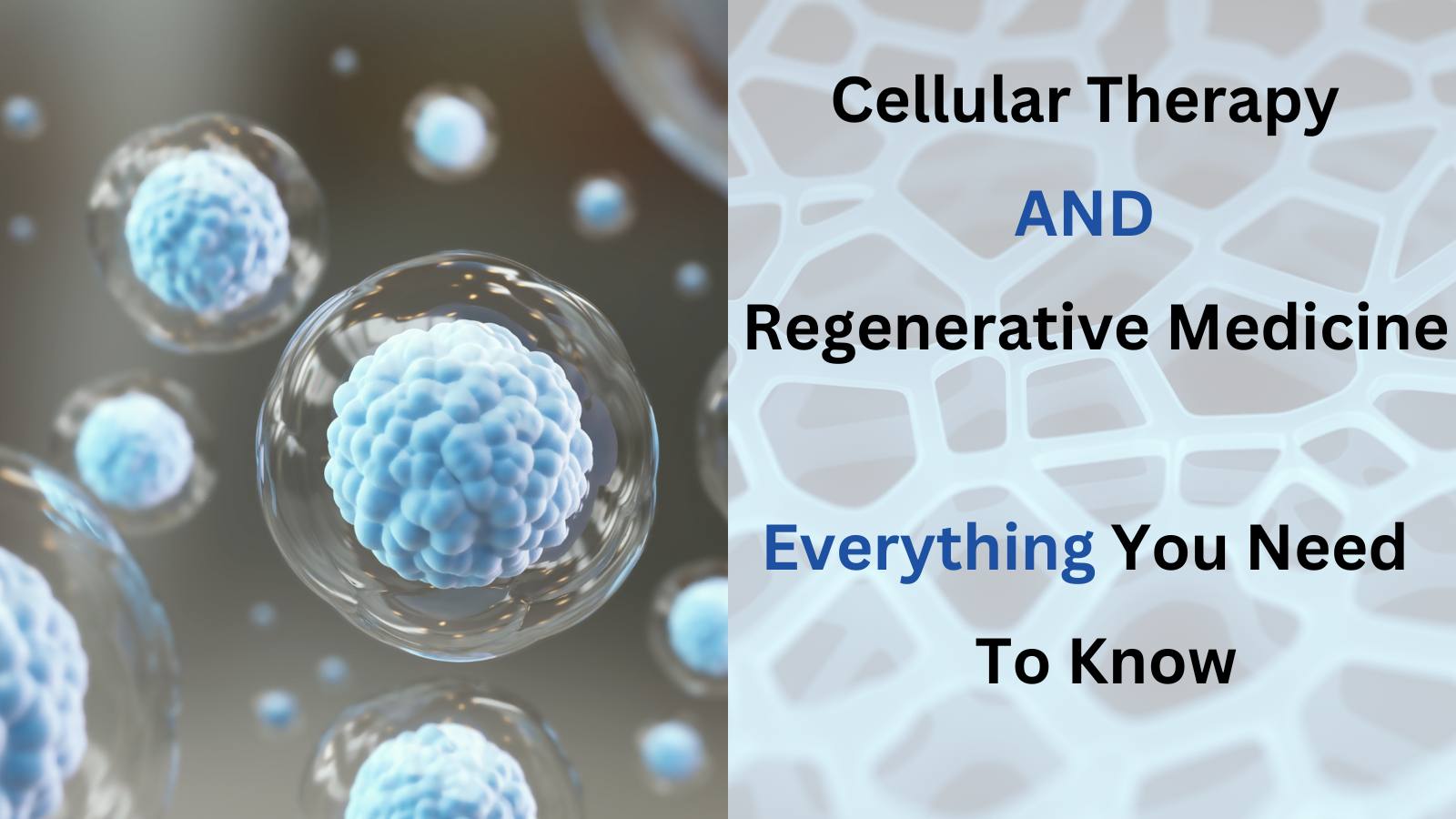Table of Contents

[/image][=video]
[/video]
Viscosupplementation: Shot of hyaluronic acid into intra-articular room can bring back the thickness and flexibility of osteoarthritic synovial fluid. HA plays an important role in shock absorption, lubrication, and the visco-elastic nature of the synovial fluid. Prolotherapy: Prolotherapy is the injection of a service to restore an incompetent structure and advertise sclerosis at the injection website.
Even more than one treatment session might be called for prior to outcomes are felt and, similar to any kind of treatment, outcomes are not ensured. A stem cell does not serve a specific physical feature, but it can turn into a cell that does, such as a cartilage cell or a ligament cell. Physicians that utilize stem cell treatment think that, when put right into a certain setting, stem cells can transform to fulfill a specific requirement.
To make PRP, blood is taken from the patient and then processedoften making use of a centrifugeto create a concentrated remedy of platelets and plasma (PRP).: All PRP is not the same.
Swelling increases blood circulation and attracts cellsgranulocytes, monocytes, macrophages and fibroblaststhat can repair and recover damaged tissues. Throughout prolotherapy, a doctor infuses an irritant right into the hurt location, which momentarily increases swelling.
Menopause Therapy in Lincoln Park, Michigan

Prolotherapy occasionally uses PRP as an irritant, but prolotherapy is not necessarily a mobile treatment. The most typically utilized irritant is dextrose, an easy sugar. Compounds such as glycerine or saline may likewise be used.: Compared with various other regenerative medicine therapies, such as stem cell and PRP injections, there is not a lot of scientific research concerning prolotherapy and its effectiveness.
Different techniques might be utilized to attempt to fix cartilage, including yet not limited to: Making little cuts or abrasions in the bone straight below the cartilage injury. The aim is that the blood from the harmed bone will certainly facilitate new cartilage cell development. Transplanting cartilage from another part of the patient's body, a contributor, or animal.
Regenerative medicine looks for to replace tissue or body organs that have actually been harmed by age, condition, injury, or hereditary issues, vs. the existing scientific method that focuses largely on treating the signs. The tools made use of to recognize these end results are tissue engineering, cellular treatments, and medical gadgets and fabricated organs. Mixes of these techniques can magnify our all-natural healing process in the areas it is needed most, or take over the feature of a completely harmed organ.
When hurt or attacked by condition, our bodies have the inherent feedback to heal and defend. The encouraging field of regenerative medicine is functioning to restore framework and function of damaged tissues and body organs.
Hormone Therapy
The goal of this strategy is to create transformative medical care options that will potentially cure formerly untreatable injuries and conditions. Cells design is a method where biologically compatible scaffolds are dental implanted in the body at the website where brand-new cells is to be formed. If the scaffold is in the geometric form of the cells that needs to be produced, and the scaffold attracts cells the outcome is new tissue in the form preferred.

Millions of individuals have actually been treated with some kind of tissue engineered tools, yet the field is in its infancy. Numerous millions of grown-up stem cells are discovered in every human.
To find out more about some of the promising research studies and clinical tests including cellular therapies, click below. In situations where an organ fails, the predominant medical technique is to transplant a substitute body organ from a benefactor. The principal difficulties are the availability of donor organs, and the requirement that the contributor take immunosuppression drugswhich have side impacts.
Stem Cell Therapy local to Lincoln Park
Regenerative medicine covers a vast array of disciplines in medicine, biology, design, and various other locations of clinical research study. While there are just a limited number of accepted regenerative medicine therapies for patients today, many possible treatments remain in scientific trials, or will certainly be quickly. These interpretations are intended to help you comprehend terms you may hear as regenerative medication comes to be a widespread topic of conversation.
Biomaterials is a significantly innovative technology that blends concepts of engineering and biology to drive exploration and testing of treatments. The term extensively refers to materials that are created for the functions of engaging with living cells, cells, organ, and systems. Biomaterials can be obtained from natural sources, like healthy proteins or sugars, or from synthetic materials, like polymers, metals, or plastic.
One prominent classification of biomaterials, referred to as hydrogels, are water-based frameworks with personalized residential or commercial properties to house cells in 3D areas that simulate problems in living cells. Next-generation biomaterials can be customized in real-time to guide how cells work in 3D space. Illness modeling is making use of animals, stem cells, and crafted tools to study human diseases without the demand for human subjects.
Menopause Therapy
Diet plan, lifestyle, direct exposure to sunshine, and aging are all factors that can create epigenetic modifications. In the area of regenerative medication, scientists research how epigenetic changes add to disease-causing anomalies. In one examination, ISCRM researchers belong to an initiative to establish a gene therapy to help young boys and canines with a rare muscular tissue disorder to stroll and flourish.
Navigation
Latest Posts
Menopause Treatment
Menopause Treatment
Menopause Treatment in Lincoln Park